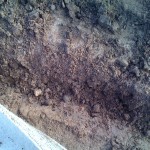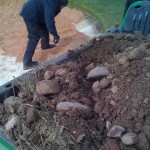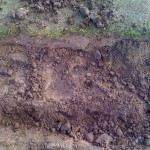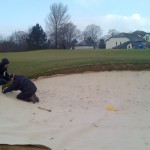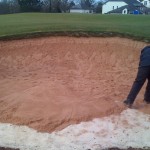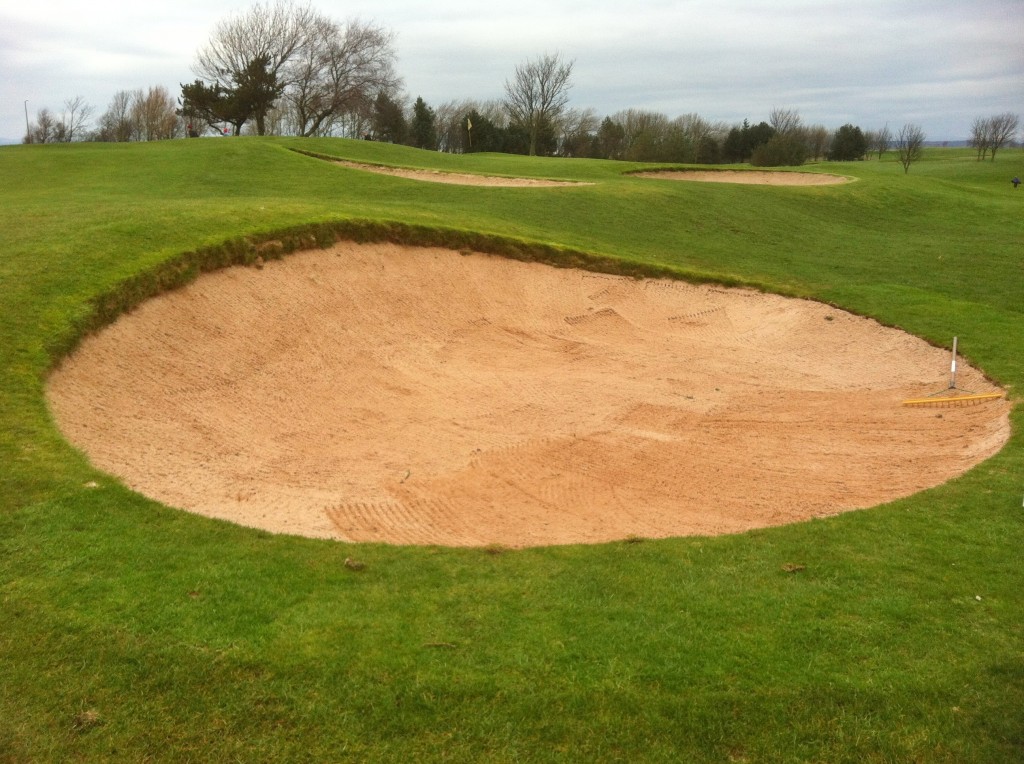Latest Case Studies
Despite the wonderful setting, the grounds staff at Morecambe were experiencing problems with the course – particularly excess stone contamination and sand erosion in the bunkers. The erosion of the bunker faces caused a build-up of silts and clay in the bunker base which contaminated the bunker sand. As well as badly discolouring the sand itself, the silts and clay caused drainage issues. The high sand faces on the bunkers were also causing problems, especially after heavy rainfall. Sand washed down the faces further adding to the contamination issues and the work load on the staff was becoming a real issue. As a result, Morecambe decided to trial Whitemoss Bunkermat to see if it would alleviate the problems. A heavily used greenside bunker on the 9th, which covers the right-hand side of a Mackenzie two-tiered green, was selected for the trial in early March 2011. The sand face on the bunker is 4 -5 ft high and the overall bunker area is approximately 48sq m.
Preparation The stone removed from the bunker base is quite significant.
Installation The Bunkermat was installed without disturbing the existing edges. Sand was then gradually applied to the face, to eventually achieve an overall depth of 20-30mm. The depth of the base is 75-100mm.
Monitoring The bunker was then monitored for:
Comparison What was noticed within the first couple of months of the trial was the state of nearby bunkers , which were freshly sanded at the time BunkerMat was installed, but NOT lined. They quickly became contaminated with both stone and with silt/clay washing down off the bunker faces. The sand in the bunker lined with BunkerMat remained clean and stone free and, after 12 months, is still in remarkably good condition. Results
Conclusion. After a full playing season, it was agreed by the vast majority of those involved that the trial had been a complete success. So much so that three more, high face, stone contaminated bunkers are to upgraded with the Bunkermat in time for the new season. If these prove to be as successful as the initial trial, other bunkers will be upgraded in future years. After the first full year in play Morecamble Gold Club seen a dramatic reduction in contamination of the sand in the trial bunker and this has effectively reduced the maintenance required. Most members who know the liner has been installed) have been positive about the improvement. As the club installs more Bunkermat in other bunkers around the course its sand purchases will reduce. Over the coming years this, together with reduced maintenance costs, should provide payback for the investment in BunkerMat.
|

